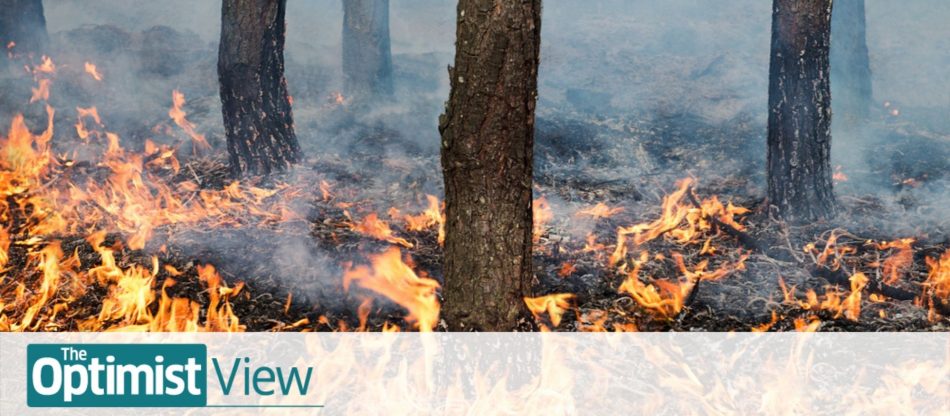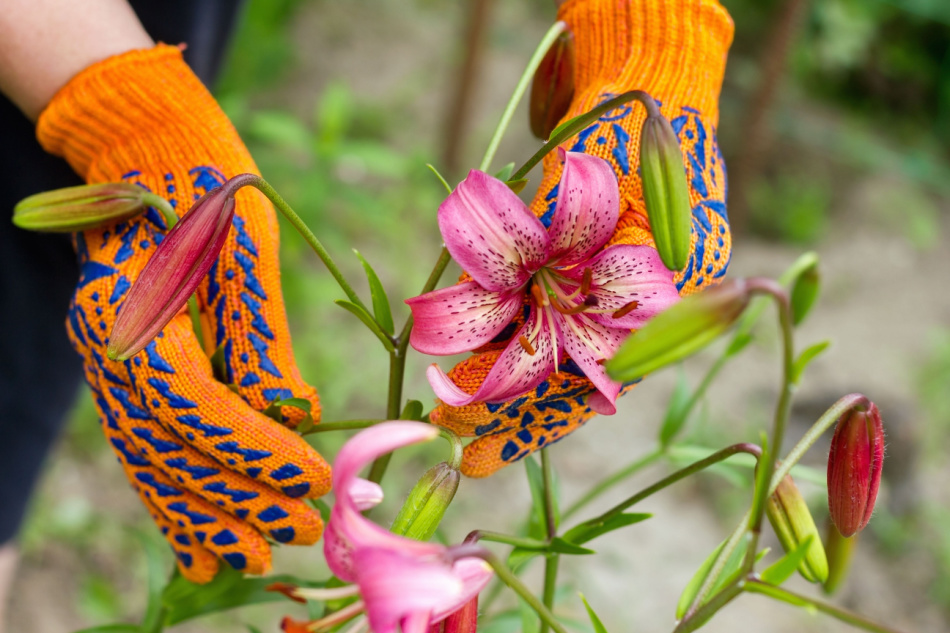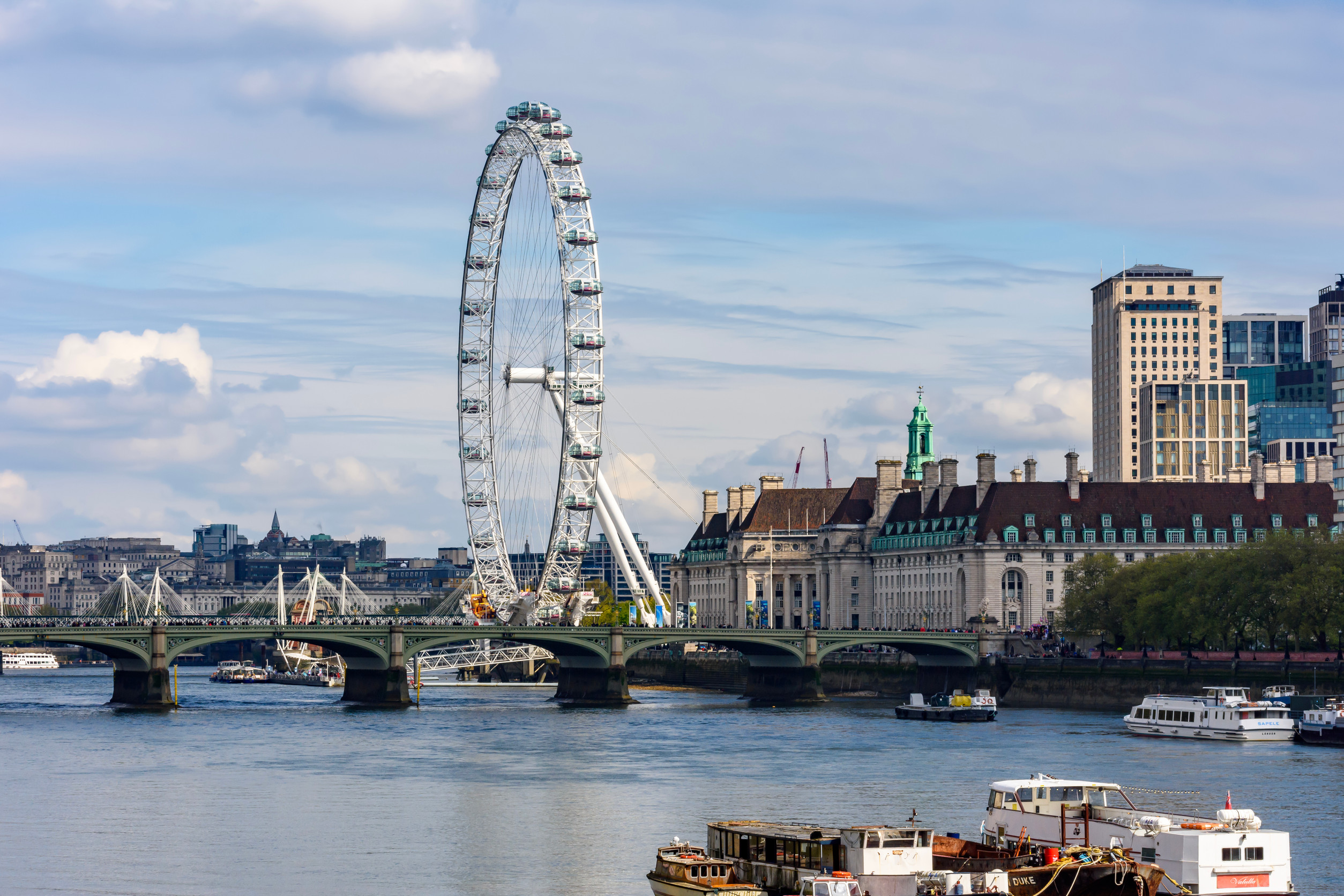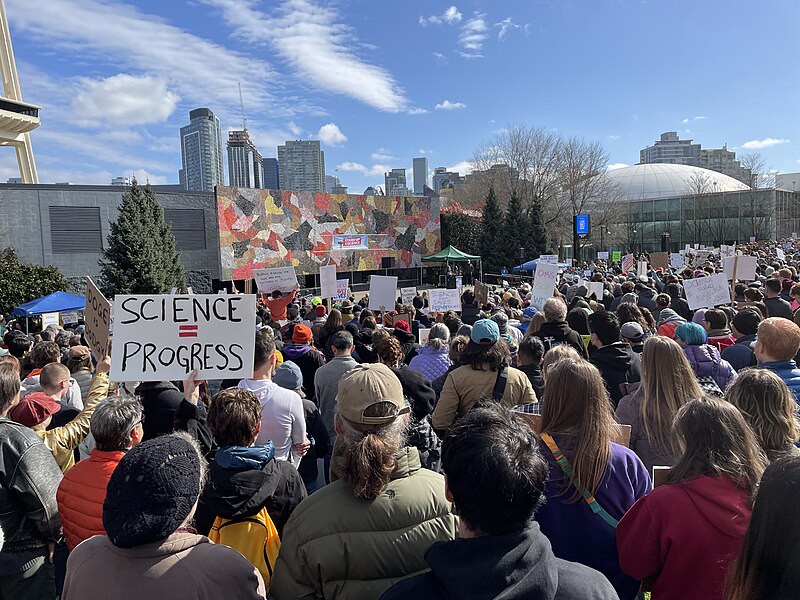“Everything on the earth has a purpose, every disease an herb to cure it, and every person a mission. This is the Indian theory of existence.” – Mourning Dove
BY Amelia Buckley
As wildfires continue to rage around the Western United States, Greece, Turkey, and more, I reached out to my go-to source for fire insights: My father, John Buckley. In his youth, my dad worked as a wilderness firefighter and today is a manager of documentation for a fire service software company. My sister and I often heard anecdotes about fire prevention and risk alongside our bedtime stories, but the reality is that the fire landscape we’re facing today looks very different than when my father joined the California Department of Forestry and Fire Protection (CALFIRE) in 1977.
Decades of fire suppression
For one thing, the 1970s marked a significant shift in forest management in the US. After decades of total fire suppression across the US, fire science research of the 1960s began to recognize the role that fire played in forest ecosystems. A new forest service policy was born, encouraging departments to let fires burn where they could in areas where they posed no threat to private property or human life.
Despite this policy, the prevailing attitude was still to suppress fire at every corner. Unfortunately, the resources required to conduct controlled burns at the scale necessary to make up for decades of suppression were just not available, and the potential costs to life and property were hard to deny. “When I was a firefighter, it was: ‘forest fires are bad!’ There were no questions asked. You put them out,” John said in our conversation last week.
In fact, it’s more complicated than that. Forest fires serve a purpose in nature, and are not simply a “bad” destructive force in the world. One of the first clues to modern forest managers that fire is an indispensable forest health factor comes in the form of giant sequoia pine cones. These cones do not open to release their seeds unless they are exposed to temperatures above 200 degrees Fahrenheit, meaning that these ancient trees would not exist today without regular forest fires. Of course, forest researchers could have learned this lesson about forest health by simply looking at Indigenous forest management techniques.
Native American Tribes have long used fire as a resource not only for preventing huge and devastating wildfires, but also in their stewardship of healthier forests, to promote biodiversity, and for important cultural rituals.
More than just preventing large blazes
In a research article for the Forest Service, USFS Redwood Experimental Forest coordinating scientist and Karuk descendant Frank Kanawha Lake explains that “tribal cultures are as diverse as the fire-prone ecosystems across North America.” Native American Tribes use fire for “hunting, crop management, pest management, range management, fireproofing, clearing areas for travel, clearing riparian areas, basket materials, and fuelwood.”
Although incredibly diverse depending on Tribe and area, most Indigenous fire practices are based around three key factors: frequency, seasonality, and specificity. For example, the seasonality of burns are determined by plant and fungus phenology or breeding and migration times for animals, while the specific ignition type and scope of the fire vary based on the desired outcome of the burn.
Whether from lightning strikes or Indigenous burns, fire shaped the landscape of the American West for thousands of years before European colonists arrived. The moratorium on burns, specifically Native American fire practices, exacerbated the buildup of burnable material, harmed forest health, and now, with climate change-fueled droughts and heatwaves, decades of “no burn” policies have created a veritable tinderbox.
So why don’t we just conduct more prescribed burns? Unfortunately, the answer isn’t quite that simple. As summarized by my father: “Now the question of course is how do you have a prescribed fire if you have all of this federal land and it’s just choked with fuel?”
One logical solution is to learn from Indigenous communities and collaborate with Tribes to conduct forest management, but as Lake explains, this isn’t necessarily an easy rift to mend: “Anyone seeking to understand the reasons for and objectives of indigenous fire stewardship and cultural burning should be aware that indigenous people might not disclose specifics due to their belief systems; to a desire for confidentiality; or to fear of inappropriate exploitation, adoption, or cooptation of practices by nonindigenous peoples.”
Learning from Native American Tribes requires the recognition that what might save us from a future of uncontained fire is the very knowledge we suppressed and dismissed for generations. Embracing Indigenous forest management practices requires inviting Tribes to play a more active role in the US’ public lands management as a whole. It requires collaboration, not exploitation, of Indigenous knowledge. Fortunately, this collaboration and healing is beginning to take root in some areas.
The Bootleg Fire case study
As the Bootleg fire ravaged Oregon this summer, a curious phenomenon took place when it reached the Sycan Marsh Preserve. The 30,000-acre wetland is thick with ponderosa pines and managed by The Nature Conservancy which has been working with local Klamath Tribes to implement pre-colonial forest management techniques.
Thanks to this inspired work, the fire slowed and dimmed as it reached the forest preserve, giving firefighters time to move in and steer the blaze away from a critical research center.
As part of their forest management, the Klamath Tribes work with researchers to conduct prescribed burns and thin out some younger trees. The Sycan Preserve not only helped slow the wildfire’s progression, but damage to the forest was also far less severe than in other areas as the flames moved through. Some firefighters even reported wildlife seeking refuge in specially designated “green islands” designed to be less fire-prone under the treatment method.
Budding partnerships
In Northern California, a similar partnership is taking place. The Western Klamath Restoration Partnership is an organization committed to using Indigenous land practices to restore ecosystems throughout the Klamath Mountains. They recently adopted the Somes Bar Integrated Fire Management Project indicators to combine Indigenous knowledge with contemporary fire science findings.
In their own words, the goal is to “integrate anthropogenic tribal fire use practices with emergent fire management analysis applications to foster greater collaboration among scientists, managers, and indigenous peoples to expand our understanding of how human fire adaptive strategies affect fire-prone environments.”
This collaboration includes pairing designated Tribal representatives and the Tribal heritage resources advisors with incident management teams on active fires. As explained in a Nature Conservancy article, this means not only cultivating healthier forests, but also offering cooperative job training and wildland fire education for Tribal and non-Tribal fire personnel.
Also in California, the Yurok Tribe works with the CALFIRE to conduct effective prescribed burns. Their first controlled burn on ancestral lands was in 2013, but the goal was not just to prevent a larger future fire. Yurok leaders are working to reconnect Yurok tribal members with their cultural roots through fire. For example, traditional Yurok Tribe baby baskets are woven with hazel, but hazel is a plant that requires fire to grow and thrive. Controlled burns fuel hazel growth and facilitate this cultural tradition. That initial 2013 burn was so impactful that it drew interest from other Tribes and fire districts, leading to the launch of the TREX program.
Yurok TREX is a program that works with the Yurok Tribe to bring together Indigenous people with fire practitioners and firefighters from all over the US and even other countries. They conduct prescribed burns influenced by Indigenous fire practices to teach about safely managing controlled burns and the health of the ecosystems which rely on fire for survival.
After a 2015 TREX session, Lake told The Nature Conservancy how it felt to uphold Indigenous fire practices: “That’s what our elders wanted. They wanted us to come together to care for those trees, to not fear fire but to revere and respect it, and to fulfill our responsibility. It was a form of justice, after so long of that forest not having fire.”
Following the success of TREX sessions in California, organizers launched the Indigenous Peoples Burning Network (IPBN) to scale up their efforts. Today, there are participating Tribes in New Mexico, Minnesota, and Oregon working to expand the reach of prescribed burns.
A technical boost
Lake also acknowledges in his writing how technological advances can help scale up Indigenous fire practices. He explains how Indigenous knowledge can be used to survey a plot of land, and then those results can be applied to larger swaths: “Cross-scale units of study, such as a 30-square-meter plot area, could then be studied using remote sensing (such as satellite imagery or aerial LiDAR) to reflect local interest (onsite resources or values associated with a particular habitat type) and scaled up to landscape conditions.”
Following years of devastating fires in California, researchers from The University of Nevada, Reno, University of California San Diego, and the University of Oregon came together to create advanced fire camera systems to speed up wildfire detection.
Their system, ALERTWildfire, uses a series of cameras on towers placed throughout fire-prone regions. Images from these cameras are fed through an AI detection system to immediately identify a developing fire. The system’s 21 initial testing sites are all located throughout Sonoma County where the 37,000-acre Tubbs Fire in 2017 was the most destructive in California history.
Although the system uses AI to scan the tower images, the system also delivers image updates from each tower to dispatchers at the county’s fire emergency center every ten minutes to add a layer of human confirmation. So far, AI fire notifications from ALERTWildfire have preceded 911 calls from residents by as much as ten minutes.
According to Graham Kent, director of the Nevada Seismological Laboratory at the University of Nevada, Reno, the program is becoming more accurate over time. The AI system is still learning what fires look like and how to, for example, differentiate between smoke from a fire and steam from a geyser field. Researchers estimate that the system needs to “see” at least 70 real-world blazes to reach a full understanding of the region’s fire landscape.
Solutions aren’t siloed
Addressing the wildfire landscape of our modern world requires significantly rethinking our relationship with forests and fire itself. As with many issues we face today, a multitude of solutions can be found. Using Indigenous wisdom as a starting philosophy, we can use modern technological advances to scale up these practices like controlled burns and strategic planting. Even these two solutions in tandem are not going to be enough without addressing the changing climate which is exacerbating the problemーbut it might buy us valuable time.
It is impossible to summarize the intricacies of Indigenous fire practices and forest management in one article or even one book, but that is why it is imperative that our fire services partner with Indigenous leaders to re-establish more holistic forest management strategies. The programs outlined above demonstrate the efficacy of these partnerships. After all, there is no substitute for thousands of years of ecological knowledge and experience.
We as humans have come to fear fire, especially those of us who live in fire-prone parts of the world, but without fire, none of us would be here. Our ancestors’ mastery of fire some 400,000 years ago allowed us to expand our diets through cooking, survive in harsh climates, and may have even played a role in expanding our brains.
In the natural world, it’s not only giant sequoias that wouldn’t exist without flames. Without fire, savannas would slowly transition to forests, and wild lupine relies on fire to clear out overhead canopies and provide sunlight to their leaves. Ash left behind by blazes increases soil nutrient levels and promotes higher microbe activity underground. Chaparral vegetation has an oily coating on its leaves to promote the spread of fire. All of these clues show us that our world is not meant to exist without fire.
Choosing to embrace fire as an integral part of our natural systems fits into our larger need to see ourselves not as above or separate from the natural world, but as part of it. If we are able to reassess our relationship with nature, we can even learn from it. General Sherman is the world’s largest tree. This giant sequoia is over 2,000 years old, yet its existence would not be possible without an ancient fire that released its seeds from a cone. Perhaps the key to living in a world of wildfires is not to fear and suppress them, but embrace the growth that can come from them.











